ENVIRONMENT & CLIMATE

Scientists Successfully Reintroduce Extinct Fish That Fits Palm of the Hand After 20 Years
It Rained Fish in Texas! Rare 'Animal Rain' Forms A Storm From Waterspouts
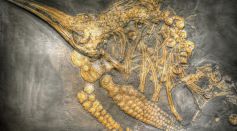
Earth’s First Giants: Ichthyosaurs Evolved Into Massive Marine Reptiles Faster Than Whales

Australia’s Burning Mountain Has a ‘Sacred Site’ Underground That Has Been On Fire for 6,000 Years and Beyond

Polar Bears Chase Reindeer for Food; Diet Changes Due to Climate Change

Earth is Shrinking! Scientists Reveal It's Due to the Atmosphere Affecting the Planet's Mass
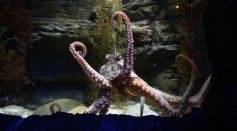
If This Humans Become Extinct, Will Animals Evolve?

Full-Scale Imaging of Egyptian Pharoah Amenhotep I Face Shown for the First Time After 3,000 Years Through CT Scan

Mediterranean Coasts Found with Additional Clues of Thera-Santorini Eruption; Massive Tsunamis Hit Right After Explosion
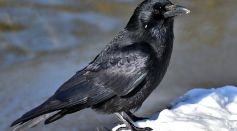
Smartest Animal in the Planet? Clever Crows Can Assign Value to Tools They Use Just Like Humans
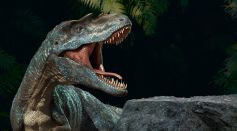
Dinosaur Discoveries in 2021: Which Prehistoric Fossil Finds About the Extinct Reptiles are the Most Unique This Year
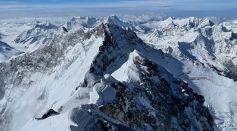
Earth’s Tallest Mountain: Are there Other Names Than Mount Everest? Report Has Surprising Revelation
Top Science Times Stories 2021: Hot Issues, News That Made Headlines This Year

Recent Deadly Tornadoes Are Different Than Usual in Terms of Duration, Strength; Scientist Explains Why
Most Popular

10 Weird Things the Human Body Does—and the Science Behind These Biological Mysteries

Top Space Technology Trends and Aerospace Innovations Revolutionizing the World Today

Why Mega Typhoons Keep Getting Stronger: The Science Behind Typhoon Formation and Extreme Weather

How Plate Tectonics Trigger Earth's Most Dangerous Disasters Through Powerful Seismic Hazards





